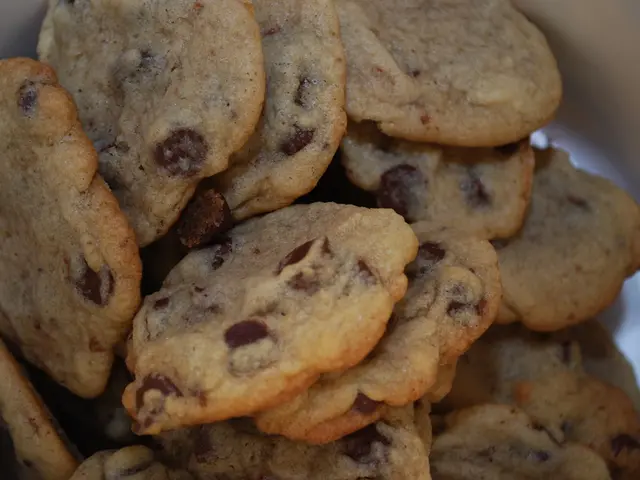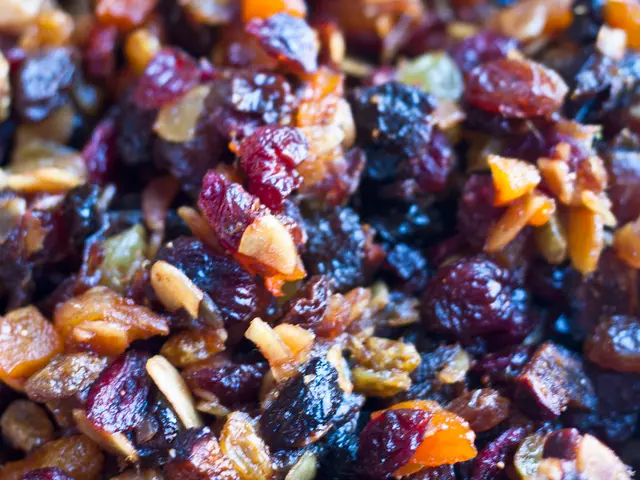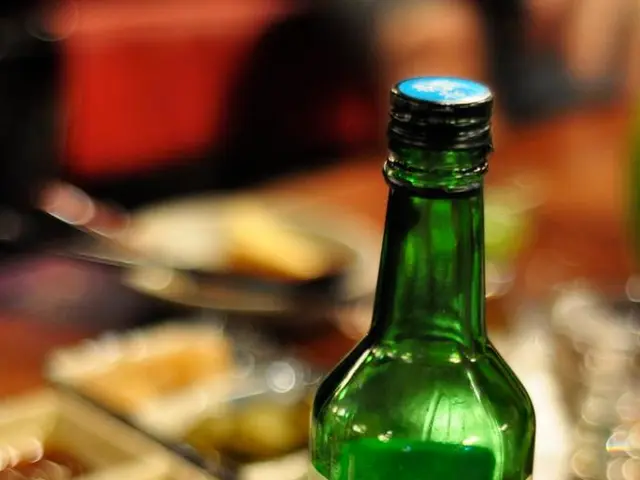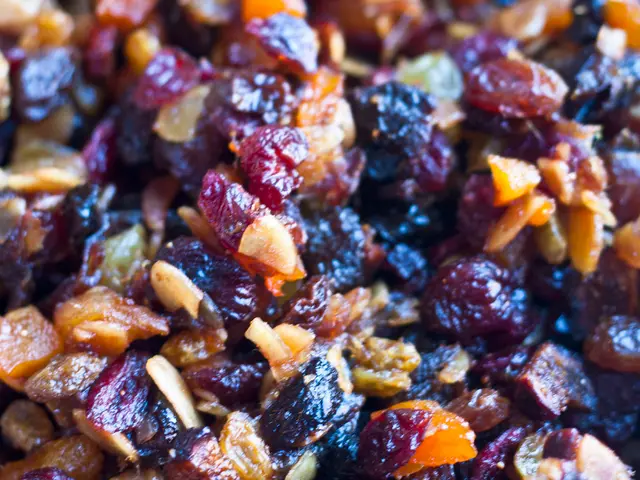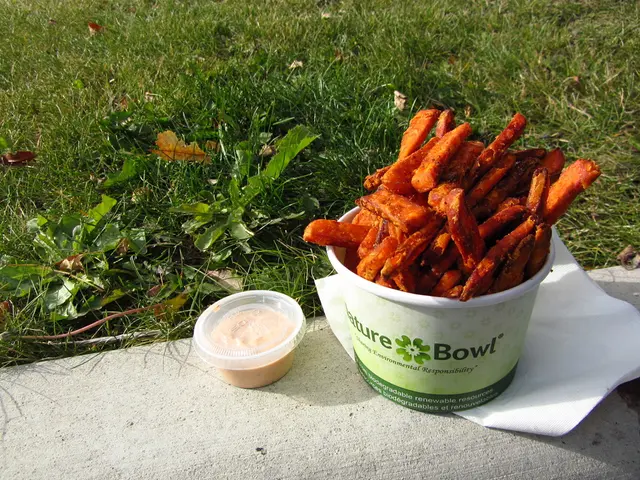Simple Guide for Home Diacetyl Detection Experiment
Hey there, beer lover! Ever had a warm brew that smelt and tasted like movie theater popcorn butter? That's diacetyl, a common off-flavor you'd want to avoid. Let's dive into a simple yet effective way to check your beer for diacetyl and ensure it's removed, improving its quality and ageability.
Diacetyl isn't just a nuisance for professionals; even homebrewers should be vigilant. As it can impart a buttery or butterscotch taste to your brew, it's crucial to be mindful of it during and post-fermentation.
To check if your beer contains diacetyl, here's a quick and easy method:
- Take about 2-3 ounces of your beer. You can grab this from the sample port on a Spike Conical or use a wine thief on a carboy.
- Transfer the sample into a microwave-safe, watertight container, such as a 4 oz Nalgene container. It is essential to keep the top slightly loose to avoid bursting it during heating.
- Heat the beer sample to approximately 170°F (76.7°C). Do not let it boil as you'll need to discard and start over if that happens.
- Once heated, immerse the container in a bucket, pitcher, bowl, or sink filled with warm water (175-190°F, or 79-87.8°C). Leave it there for 30 minutes, simulating rapid aging and converting any potential diacetyl into its detectable form.
- After the 30-minute mark, chill the sample back to room temperature and taste it. If it has no detectable buttery character or slick, silky mouthfeel, congrats—your beer is diacetyl-free! If you detect any buttery notes, let it age for a few more days at room temperature before retesting.
For those entering their beers in competitions, it's advisable to use this process. Most beer styles shouldn't have any trace of diacetyl, greatly increasing your chances of winning medals.
Remember, controlling factors like time, temperature, and yeast strain ensures diacetyl formation and conversion are under control, leading to a better-tasting, more drinkable beer that ages well.
In the quest for homebrewing excellence and tasty brews, staying vigilant against diacetyl is key. So, hey—let's keep popcorn butter out of our beer!
Laters, beer enthusiasts!
Cheers,Jeff SchaulandRoanoke Tasting Room BrewerDeschutes Brewery
In the realm of health-and-wellness and fitness-and-exercise, vigilance is equally important for homebrewers when it comes to science. Diacetyl, which can impart a buttery or butterscotch taste to beer, needs to be mindfully monitored during and post-fermentation to maintain its quality and ageability.

